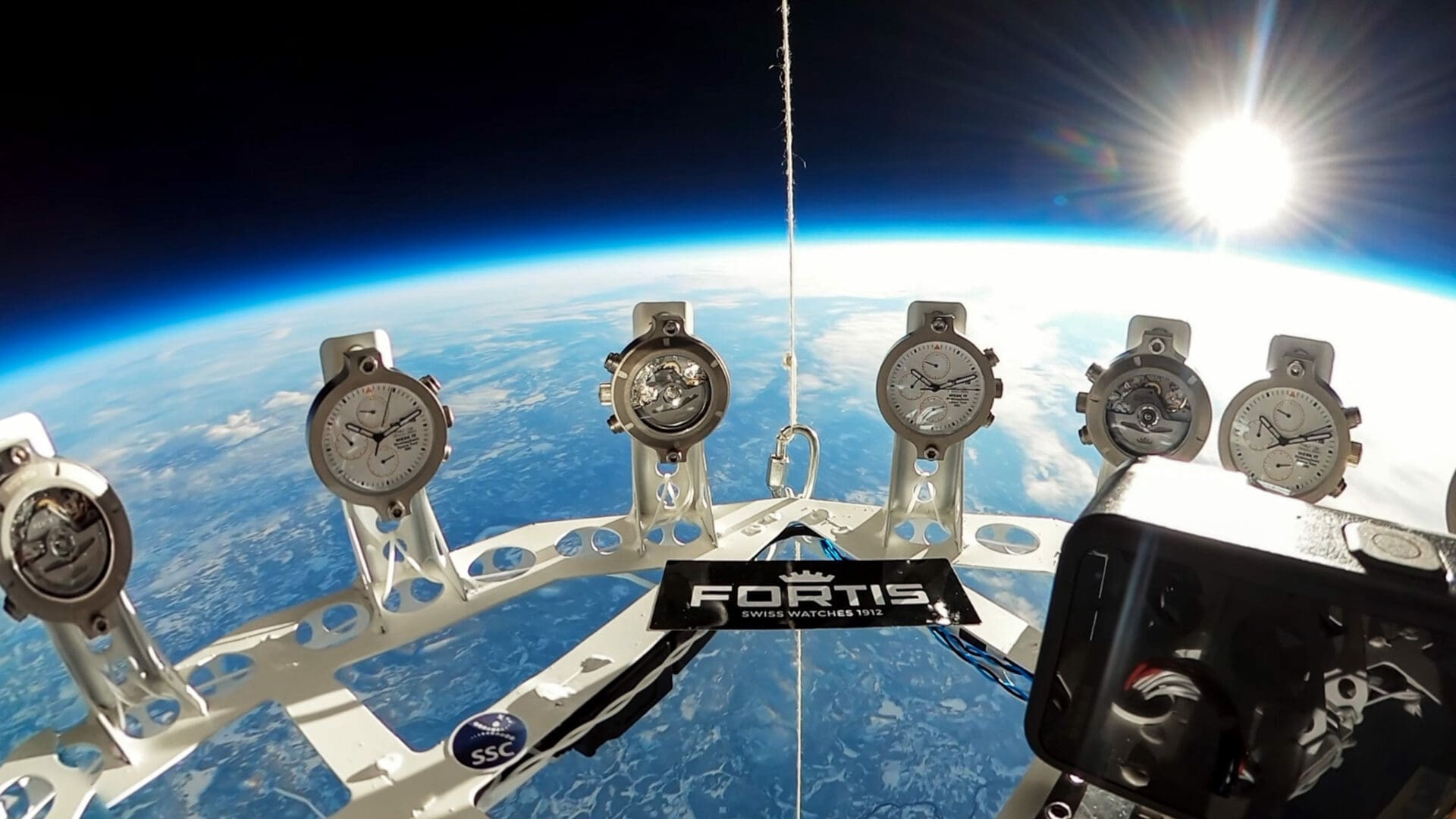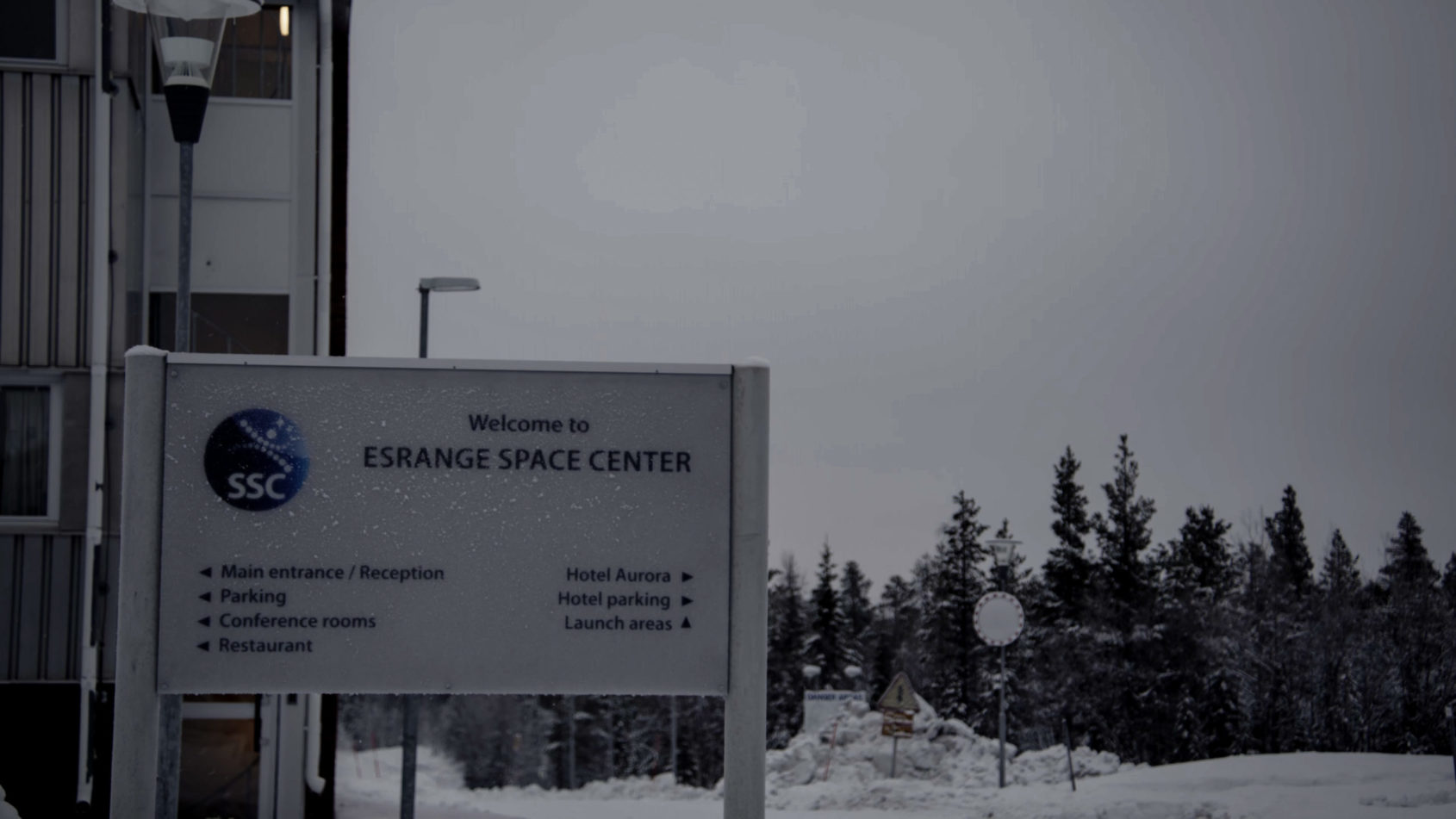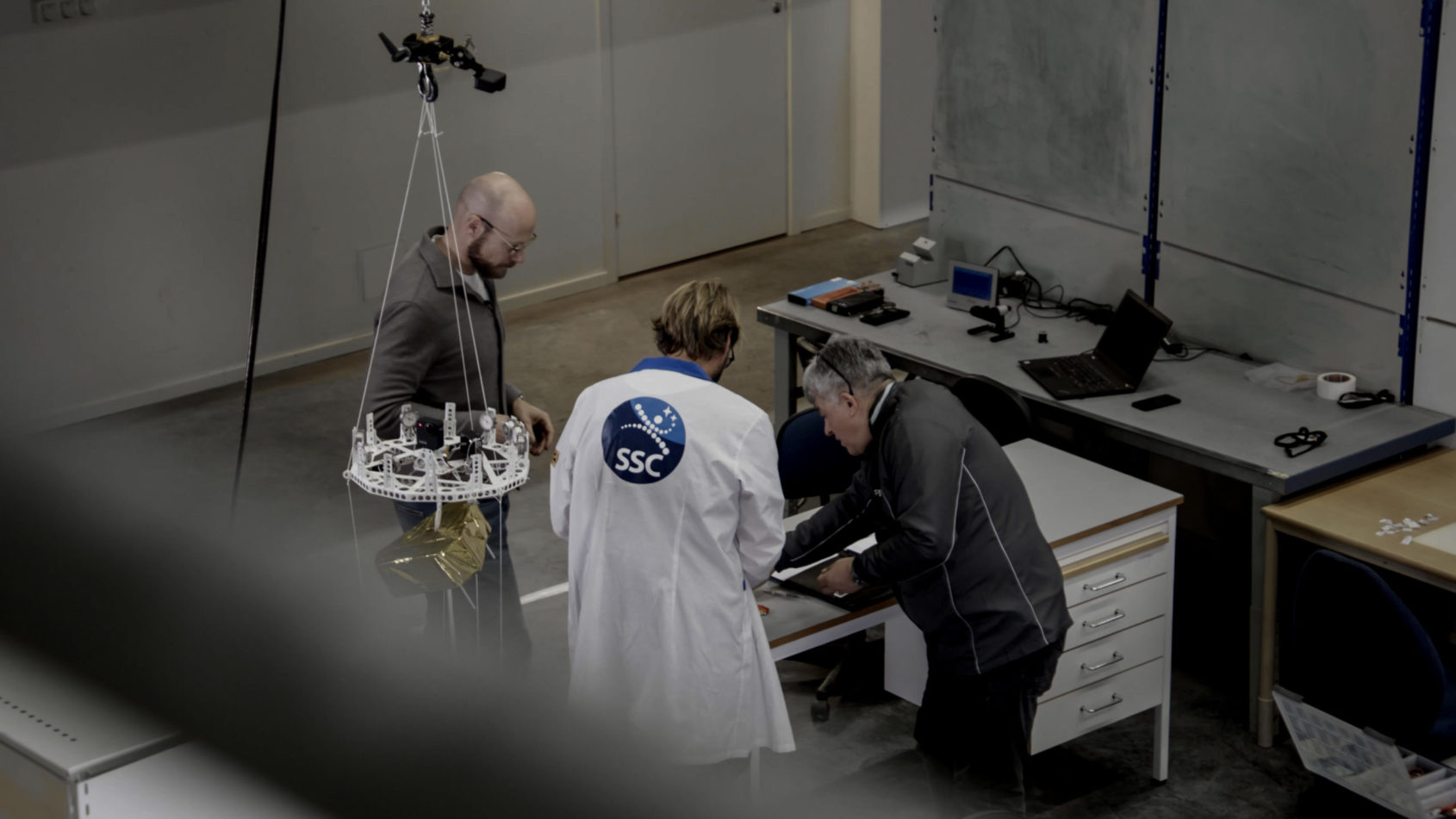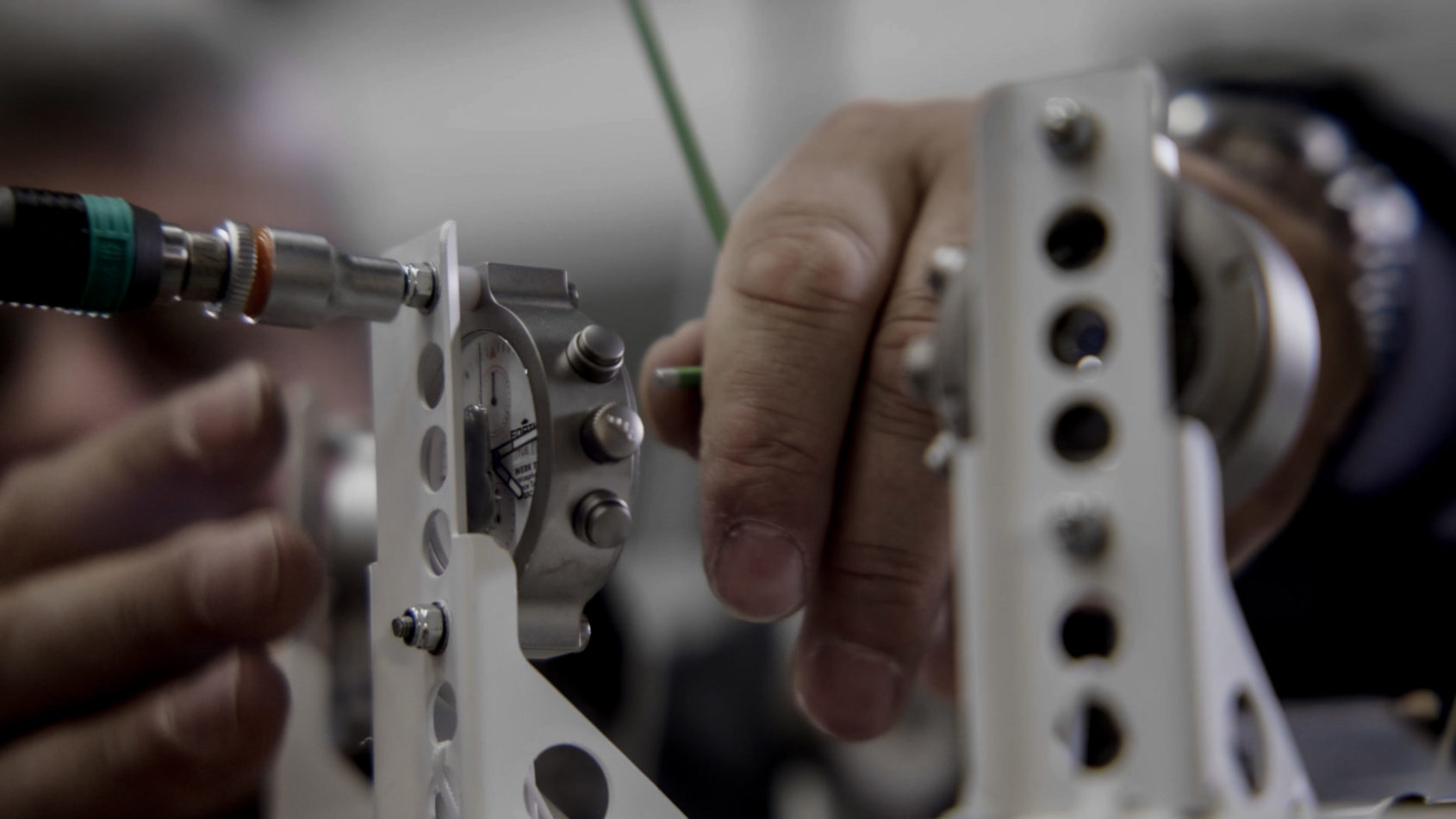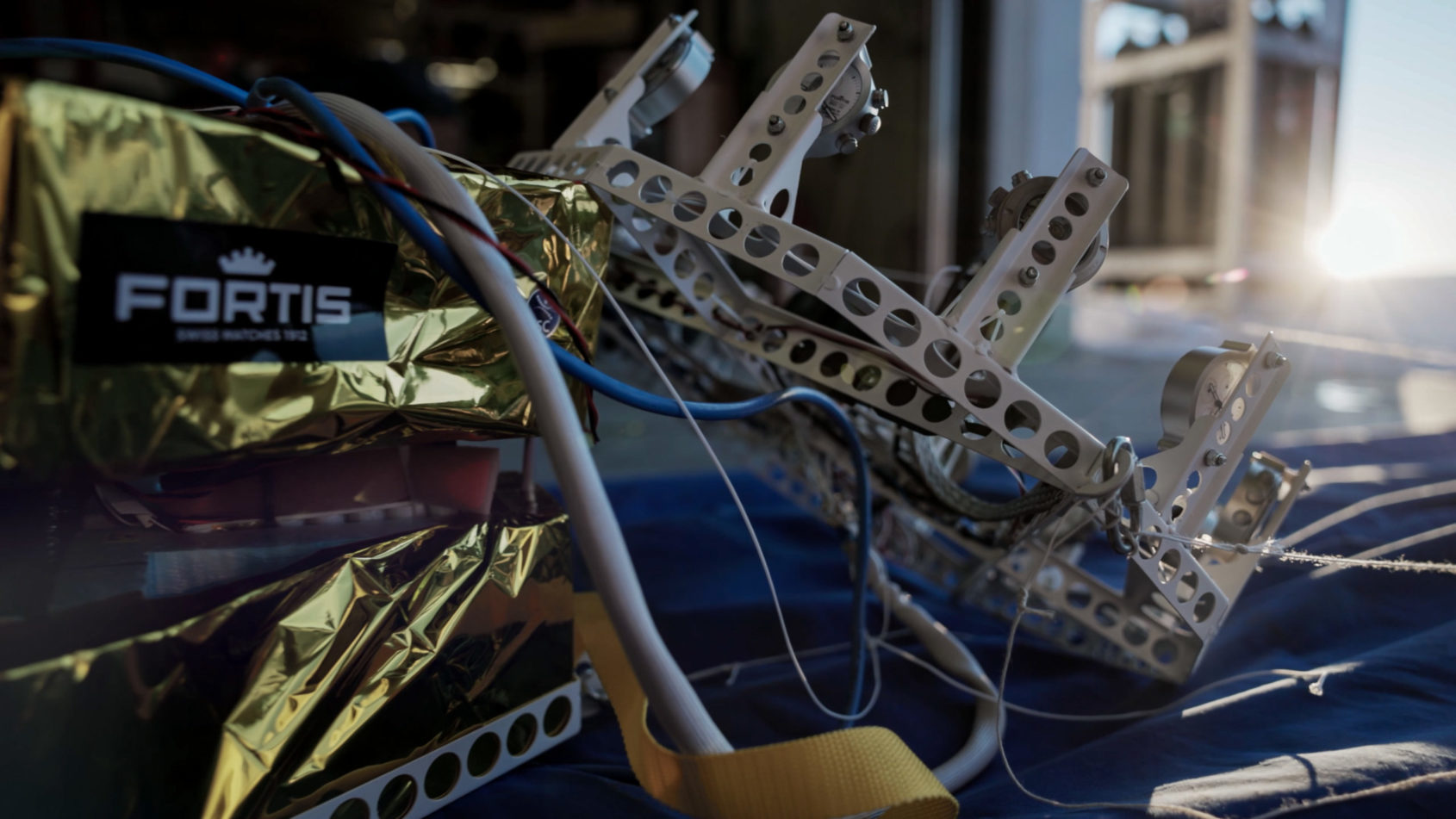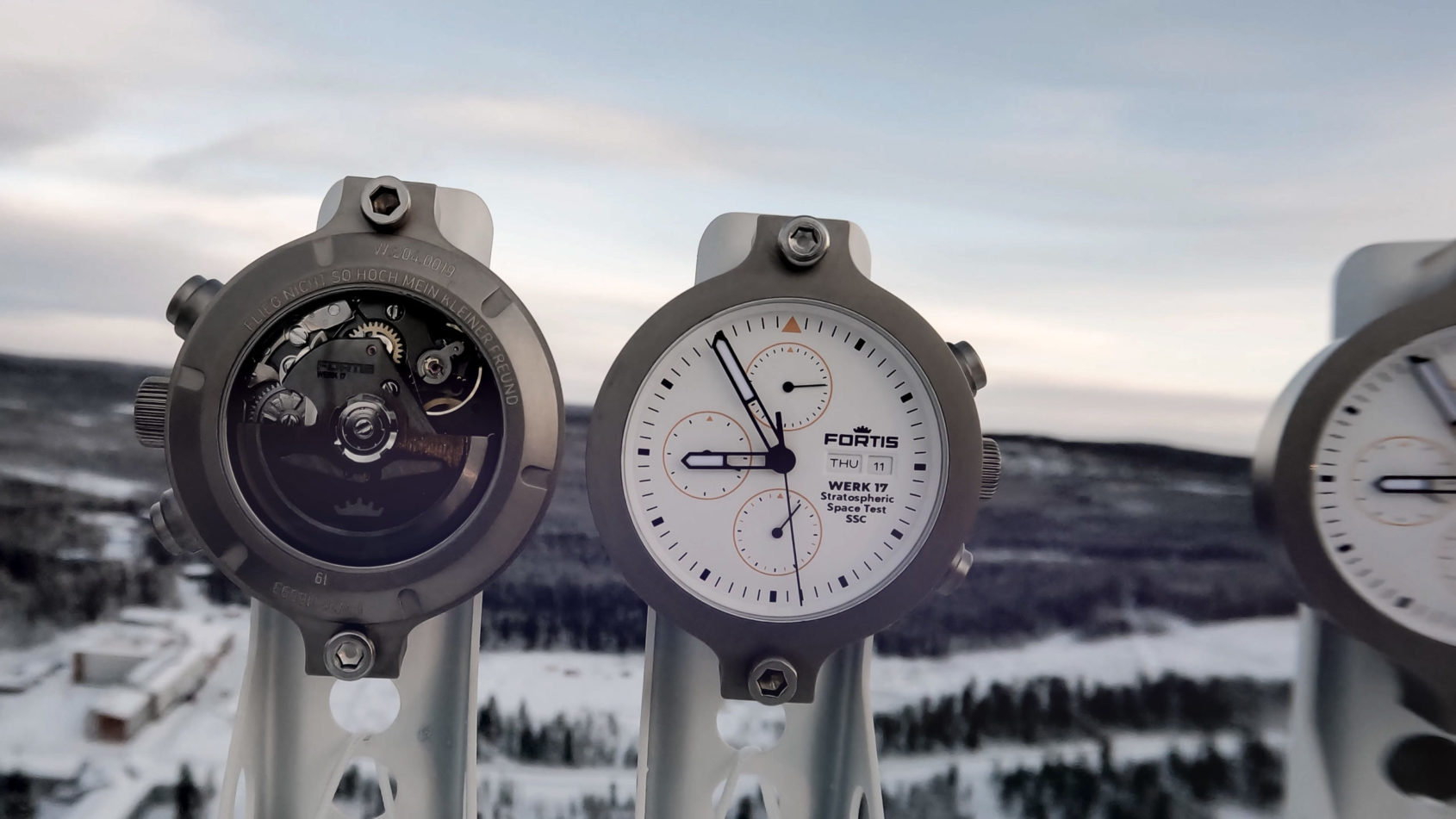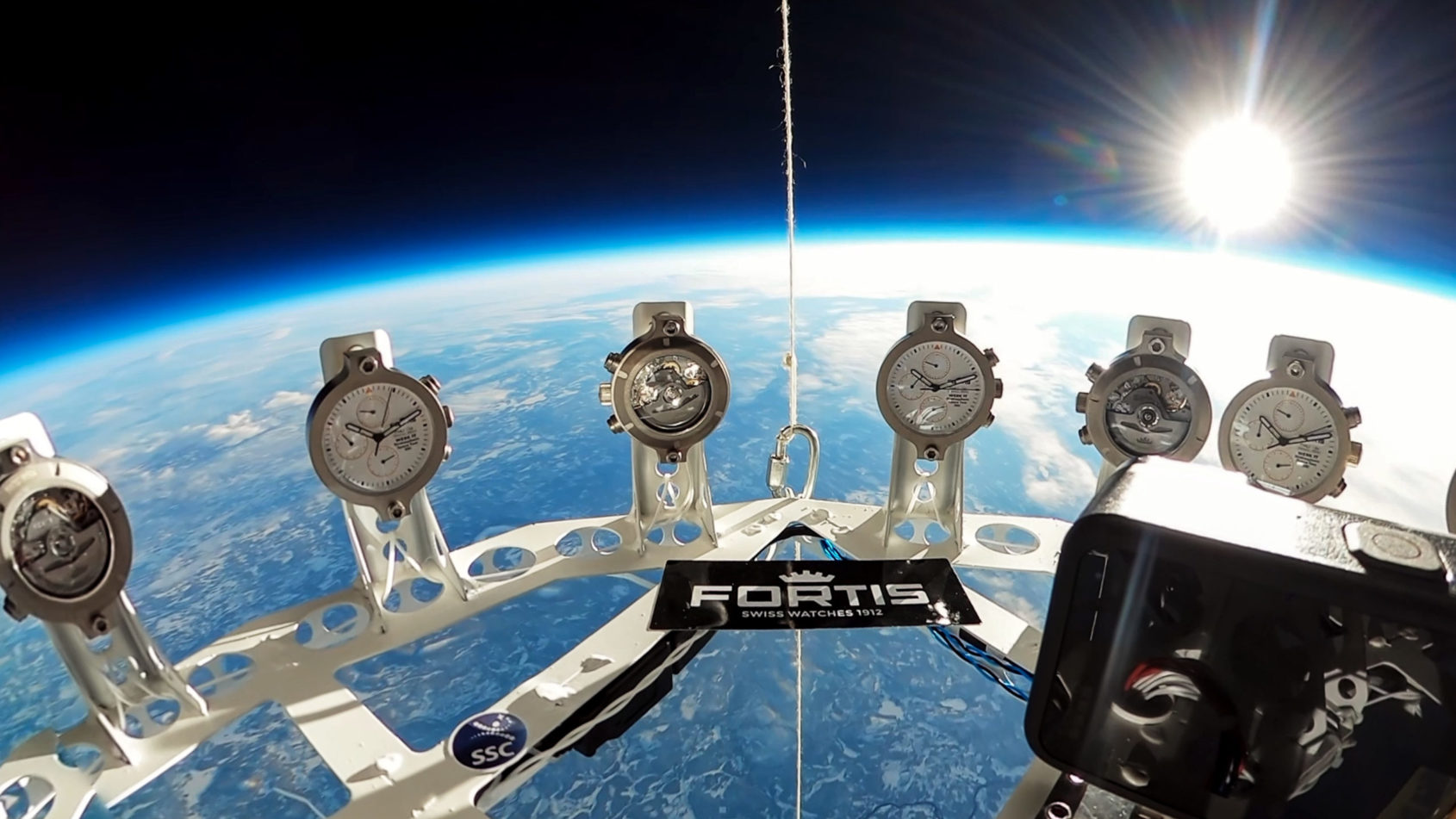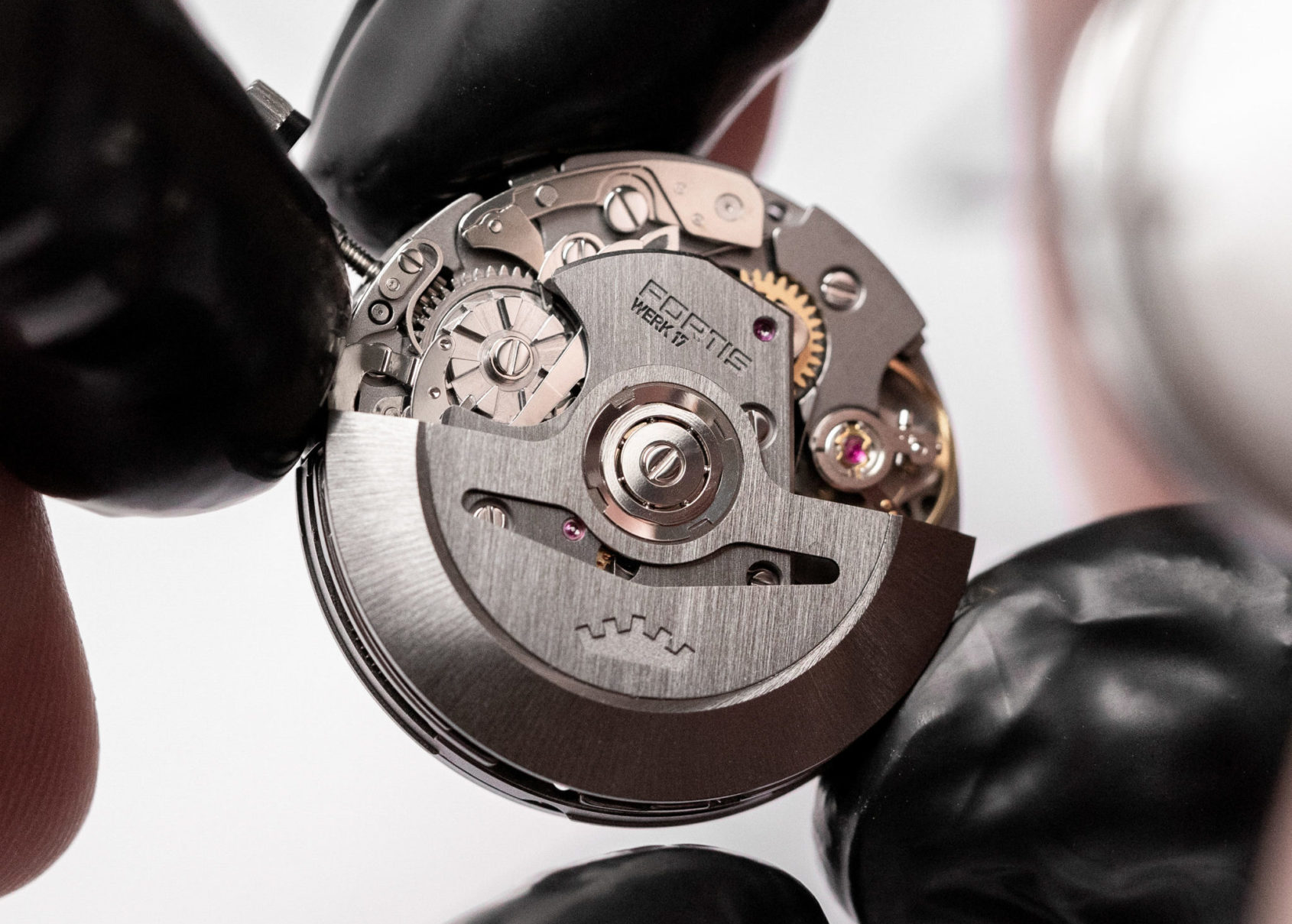Why Fortis is sending their latest new movement into space
Borna BošnjakFortis is no stranger to outer space. The 1962 Spacematic presented to Gemini astronauts paved the way for Fortis’ space-dwelling endeavours, before partnering cosmonaut expeditions between 1992 and 2003 and achieving the ultimate goal of sending a watch into space. Now, some three decades later, Fortis launch an in-house chronograph movement, the WERK 17, both figuratively and literally. Rather than building a timepiece that will later become a space-going watch, Fortis is testing the movement itself in the stratosphere, building it from the ground up, ready for cosmic exploration.
Brief history of Fortis and space
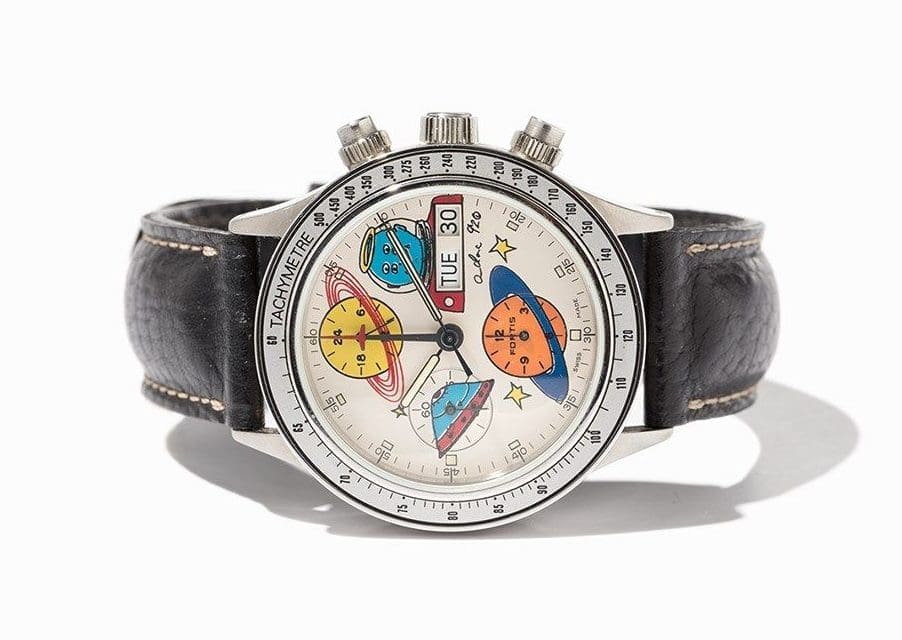
After initially impressing the Gemini astronauts with the Spacematic in the early 1960s, Fortis was determined to continue their ode to space as part of their collection. Next up was the first Stratoliner in 1965, a simple three-hander with a fluted bezel. While not the epitome of space exploration, the model was crucial in securing Fortis’ first real attempt at rocketing a watch off the surface of the Earth. It was the Lemania-powered Stratoliner Chronograph, unique in the way that it tracked elapsed minutes using a central hand, rather than relegating it to a subdial. Used by the ROSKOSMOS space agency, it accompanied the Proton rocket on its maiden voyage.
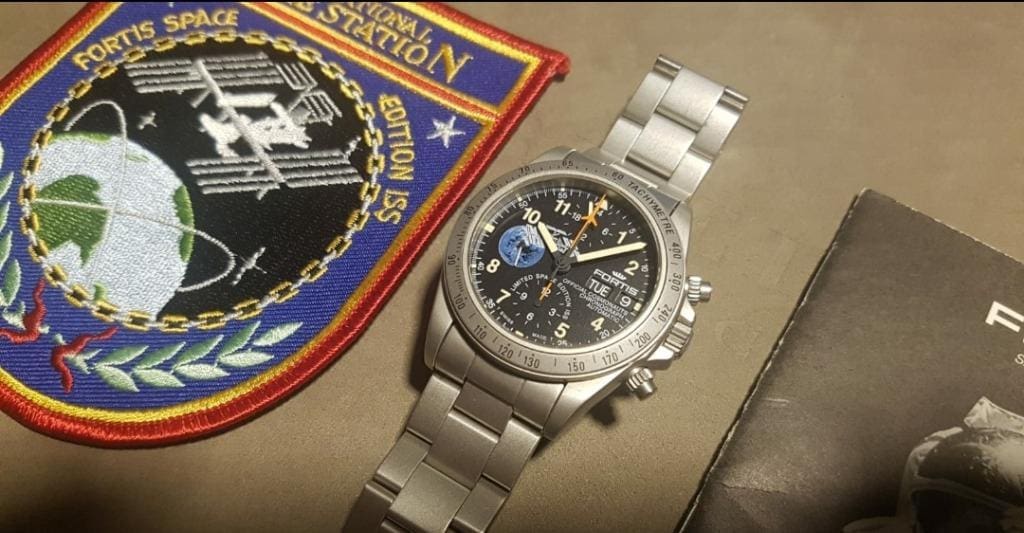
The Stratoliner Chronograph eventually evolved into the Official Cosmonaut’s Chronograph in 1994, retaining the Lemania 5100. A number of special editions were launched during this time, featuring special printing at 9 o’clock, designating the edition. Fortis earned the official timekeeper of all ROSKOSMOS’ future space missions, and the rest is history.
So, how do you space-test a movement?
I’m glad you asked! Collaborating with the Swedish Space Corporation, the Esrange Space Centre was chosen as the launch location. The two teams combined to create a rig carrying a data collection box and a gondola with several WERK 17 movements attached to it. This contraption, flown 30 kilometres upwards by a stratospheric balloon, monitored the conditions of the movements, while GoPro cameras provided the footage. Eventually, the movements and data were recovered from the forests of Finland, after a journey lasting 90 minutes. Spicing things up even more, Fortis is planning a rocket launch sometime next year. To hear the testimonies of the people responsible, and see the amazing shots from the stratosphere, watch the video above, and check out the photos below.
The Fortis WERK 17 movement
While having a watch that has been fully designed and tested for space sounds cool, it wouldn’t be worth much without a quality product as a result. Fortunately, Fortis have a great track record when it comes to technical innovations, having manufactured the first automatic watch and first chronograph with mechanical alarm, both of which they hold patents for.
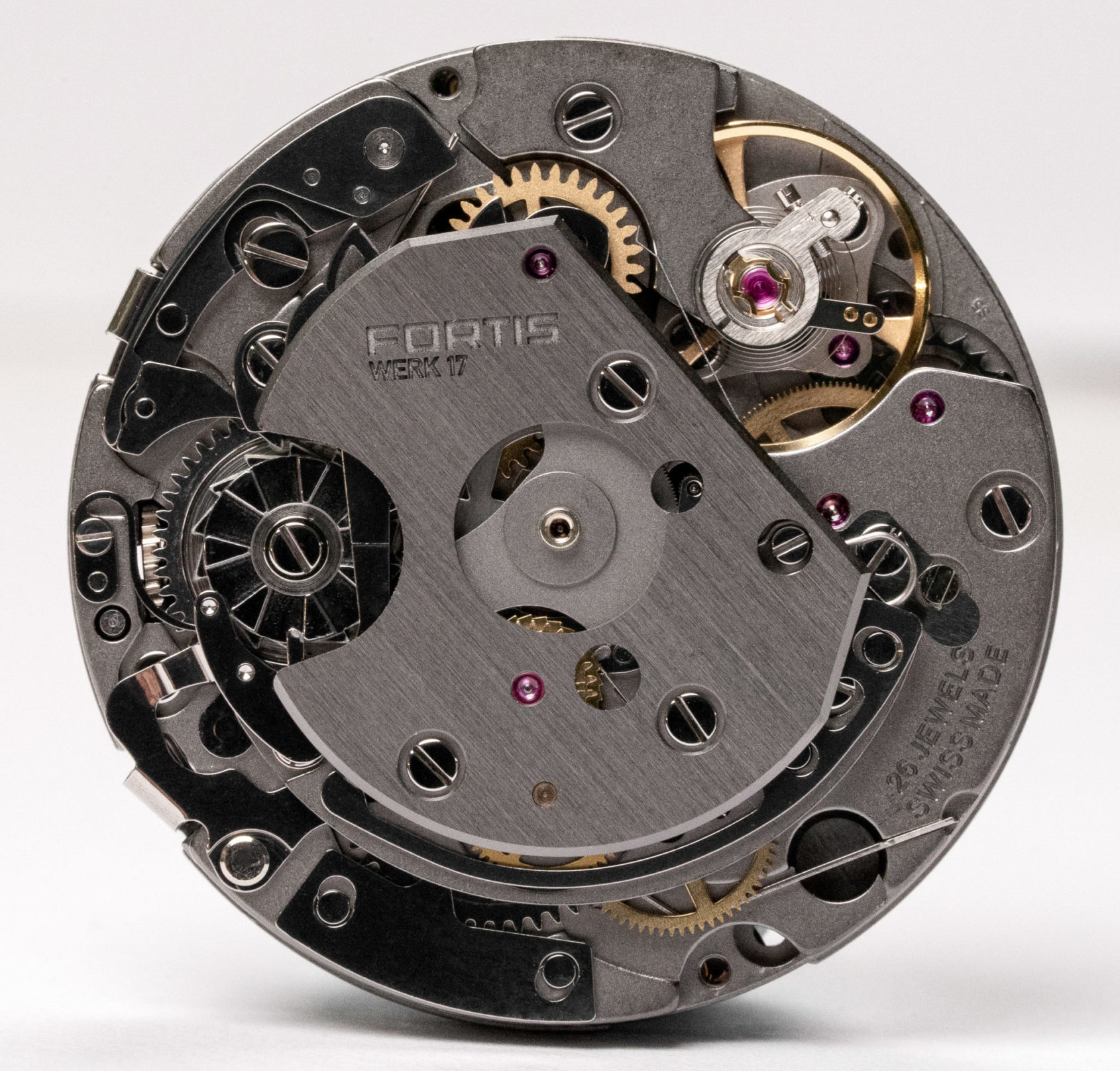
The WERK 17, a 26-jewel manufacture calibre, is a column wheel chronograph movement, with a power reserve of 60 hours. Playing into Fortis’ robust aesthetic, its decoration is far from loud, with brushing on the upper chronograph bridge and sand-blasted on the bridges below. The other chronograph elements, including the column wheel (pictured at 9 o’clock) are in a high polish, matching the screws found throughout the movement. We’re excited to see the lineup that will house the new WERK 17, and the testing solutions that Fortis have come up with that are, quite literally, out of this world.




